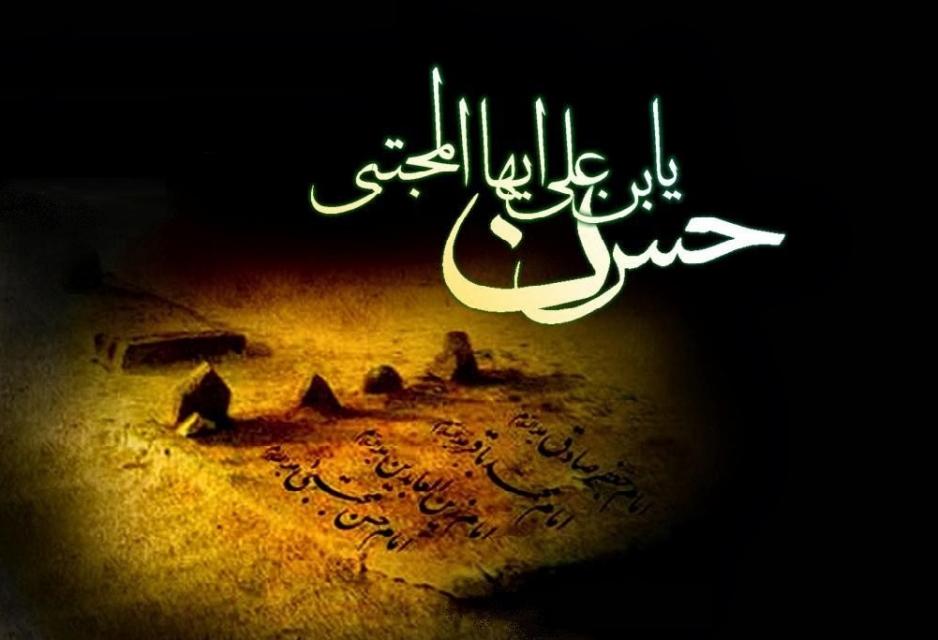By: Nicole Burke, Mitchell Golas, Cyrus L. Raafat, and Aliyar Mousavi1
Abstract
The puzzle of a mysterious death in the middle ages has been hypothesized in terms of contemporary forensic legal and scientific methods. That al-Hasan ibn-‘Ali died in 669 aged just 45 has been forensically analyzed based on written sources that dictate eyewitness accounts of historical events. The report of the contemporaneous poisoning of another individual who resided under the same household as al-Hasan’s and experienced similar, yet non-lethal, symptoms has served as the beginning of the analysis. In light of ancient (medieval) documents and through using mineralogical, medical, and chemical facts, it has been hypothesized that mineral calomel (mercury(I) chloride, Hg2Cl2) from a certain region in the Byzantine Empire (present-day western Turkey) was the substance primarily responsible for the murder of al-Hasan.
A mysterious death in the middle ages is that of al-Hasan ibn Ali. Born of the Prophet Muhammad’s favorite daughter, Fatimah, al-Hasan was declared as the legitimate successor of his father, ‘Ali ibn-abi-Talib (the last of the caliphs known to Arab historians as “orthodox”),1 in 661.2 Faced by his rival, Mu’awiyah ibn-abi-Sufyan, who had been proclaimed caliph in 660 in Jerusalem,1 al-Hasan abdicated in the same year and reasoned as follows: “I have deemed it right to make peace with him and have pledged allegiance to him, since I considered whatever spares blood as better than whatever causes it to be shed.”3 After living in retirement in al-Madinah (in present-day Saudi Arabia) for eight years,1 al-Hasan died in 669,2 when he was just 45 years of age.1 The belief that al-Hasan died peacefully2 has not been ruled out by all the experts on Muslim history. However, in general, Muslim theologians commonly believe that his death was caused by a fatal act of poisoning.
With autopsy information unavailable, historical documents are the only available evidence in order to investigate cases such as al-Hasan’s death scientifically. A few traditions,4 such as the one containing the following quote, mention that when al-Hasan was about to die, he was asked by his younger brother1 al-Husayn to identify his poisoner but refused to do so (as he wanted no innocent person to be falsely accused and killed):
If he/she [the poisoner] is not [i.e., not the one whom I suspect], I would like no innocent person to be killed because of me.
Still, the following tradition4 addresses two concurrent acts of poisoning, which resulted in two victims: al-Hasan and a survivor.
This tradition says that a freedwoman of al-Hasan who had also been poisoned “vomited the poison” and survived, which means that she could have served as forensic evidence for the murder of al-Hasan. But are there any historical reports in which the poison is qualitatively described and can lead to a forensic hypothesis for the murder of al-Hasan?
Ja’dah daughter of al-Ash’ath ibn-Qays al-Kindi poisoned al-Hasan ibn-‘Ali, peace be upon both of them, and poisoned a freedwoman of his; however, the freedwoman of his vomited the poison while al-Hasan kept it in his stomach. Then he was wrecked by it and died.

